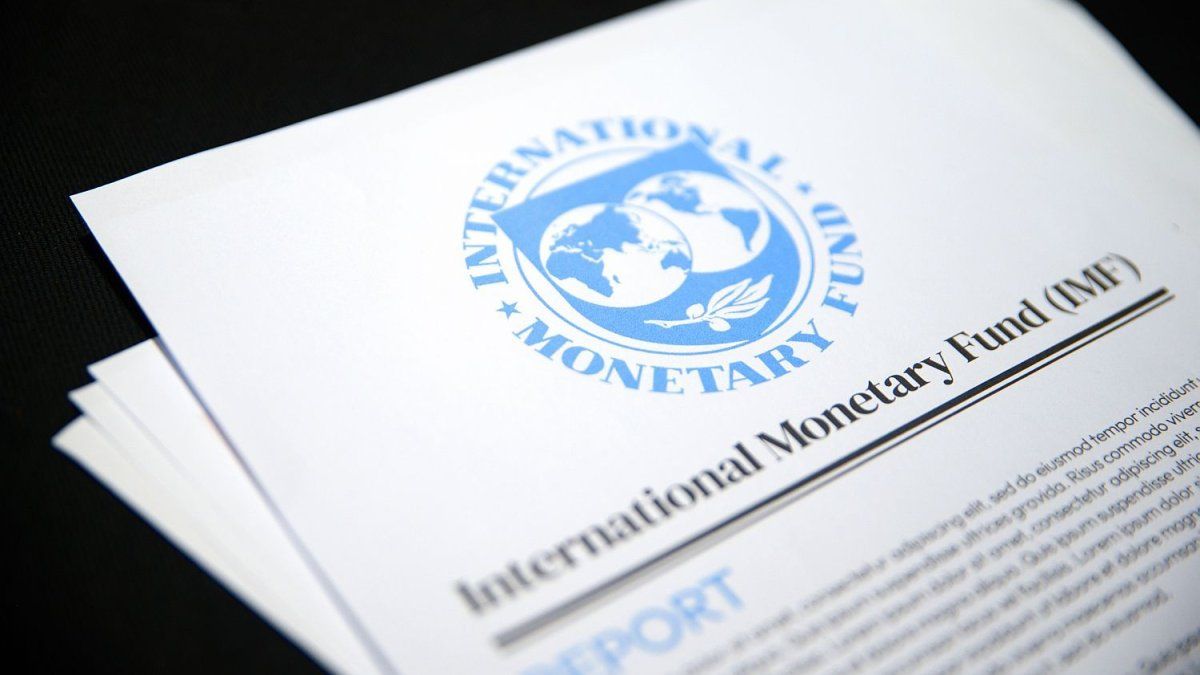The Ministry of Economy will present on Wednesday the result of the March National Sector (SPN) of March. This year the goal is 1.3% of the primary surplus GDP. Milei raises 1.6%.
He Government must deepen tax heat In the coming months if you intend to reach the end of the year overcoming the 1.3% fiscal surplus goal agreed with him International Monetary Fund (IMF). For this, it will be key to determine how the first quarter of the year closed, data that will be known this Wednesday, when the Ministry of Economy disseminate the form of Non -Financial National Public Sector (SPN).
The content you want to access is exclusive to subscribers.
In the first two months, The SPN has accumulated a financial surplus of approximately 0.1% of GDP And one Primary of approximately 0.5% of GDP. In February, a exceeding financial result was recorded for $ 310,726 million and a primary result of $ 1.2 billion. In January there were $ 599,753 million and 1.8 billion, respectively.


It is expected that in March the financial result has fallen Depending on that there would have been an increase in the spending of the order of 15%, according to private estimates, which was not accompanied by the increase in income.
It is a trend that will be deepened in the year because the pension expense is indexed For inflation, and significantly impacts the total expenditure, while income will tend to stabilize.
The agreement with the IMF this year foresees a 1.3% surplus of GDP Although President Javier Milei says he aspires to 1.6%. As for the financial aspect, it can close in balance.
Where the money would come from to achieve overcomplication
Milei’s announcement changed a part of the scenario regarding how the government could overcome the agreed goal. The surplus in principle will fall 0.5 points compared to last year, but now it will do 0.2%. In other words, to meet the demand of the first president, an effort of 0.3 points above the expected must be made.
In this regard, the Argentine Institute of Fiscal Analysis (Iaraf) He estimated how much the fiscal effort should be to get Milei’s goal. Points out that “From a real expected increase in national primary expenditure of 3% by 2025, the government’s decision to increase the primary surplus implies that only 1% could grow.”
The study indicates that The total income of the government this year would remain constant, but the expense would have to go down. As retirements and social spending are indexed to inflation and the program already foresees the elimination of energy subsidies, the report states that The rest of the expenses would be reducible, among which salaries, and transportation aids, in addition to transfers and capital expenses.
Source: Ambito




